Cat People (1942)
“Cats don’t seem to like me.”
|
Synopsis: |
|
Genres, Themes, Actors, and Directors:
Response to Peary’s Review: Peary notes that, “as in several other Lewton films, evil and good fight for control of his characters” — and, “like Lewton’s other tragic heroines… Irena doesn’t have the willpower to reject her evil side”, especially when she begins experiencing (justifiable) jealousy towards her husband and his co-worker, Jane Randolph (waiting conveniently in the wings). As so many have noted, Lewton’s RKO “horror” films were true masterpieces of suggested terror — and Cat People is a prime example of this. With the exception of a few highly contested shots of a giant cat later in the film (most likely inserted by the studio against Lewton’s will), Irena’s neuroses could be viewed as purely psychological. Each of the film’s justifiably “classic horror sequences” — “terrified Alice [Randolph] being followed through a dark park, jumping when a bus screeches to a halt next to her: … Judd (Conway) trying to seduce Irena, only to be attacked by a giant cat: … Alice swimming alone in an indoor pool when the lights go out, [as] cat shadows appear on the wall and growling can be heard”: — succeeds largely because of what’s implied rather than what’s actually seen. To this end, as Peary notes, director Jacques Tourneur “does a wonderful job of creating tense atmosphere”, and he’s helped in no small part by d.p. Nicholas Musuraca, who “does wonders with light and shadows”. Cat People is a rare breed of literate horror film that — even at just 73 minutes long — merits repeat viewings in order to allow for full appreciation of the nuanced plot. Much like with its sequel (The Curse of the Cat People, a masterful film in its own right), Cat People is rich enough to be viewed and debated on numerous levels; a quick glance at IMDb’s message boards provides evidence of this ongoing phenomenon. Peary suggests that this would make a good double bill with Hitchcock’s Marnie (1964), “because of strikingly similar sexual themes and plot elements”. Remade by Paul Schrader in 1982 in a much more literal fashion (a title included in Peary’s book as well). Redeeming Qualities and Moments:
Must See? Categories
(Listed in 1001 Movies You Must See Before You Die) Links: |


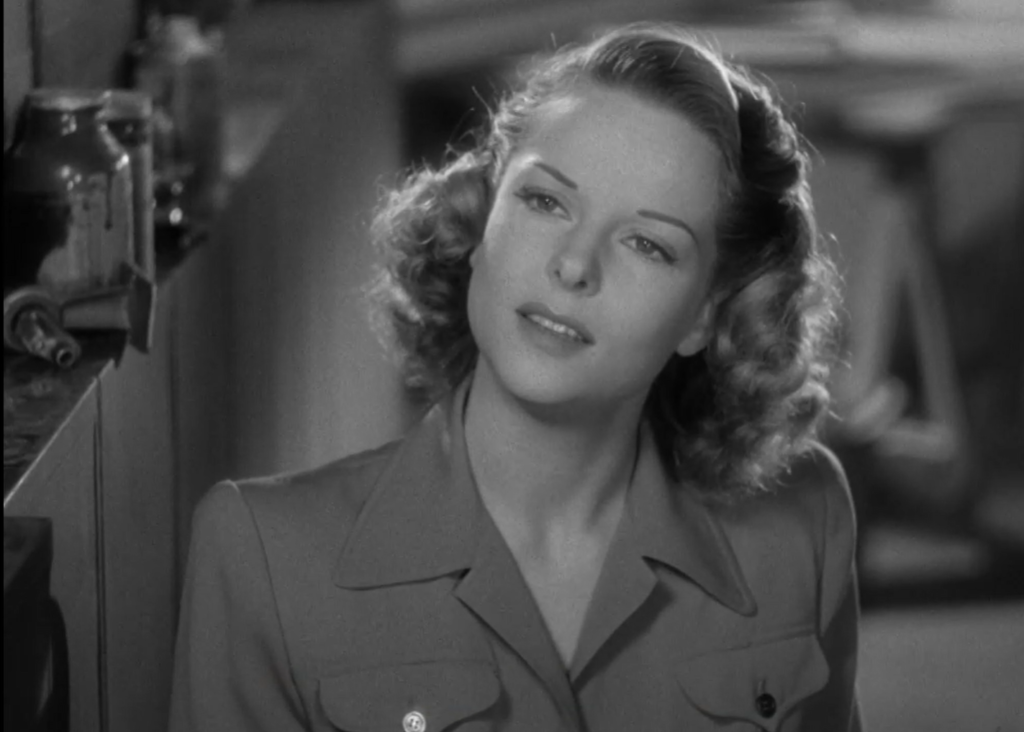
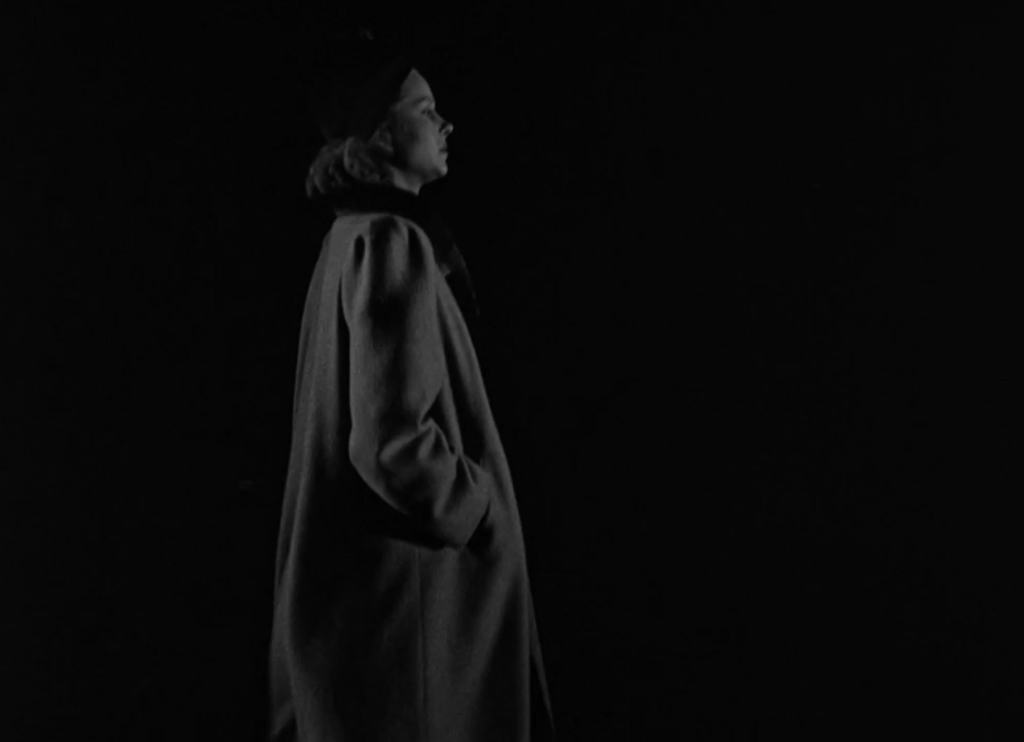

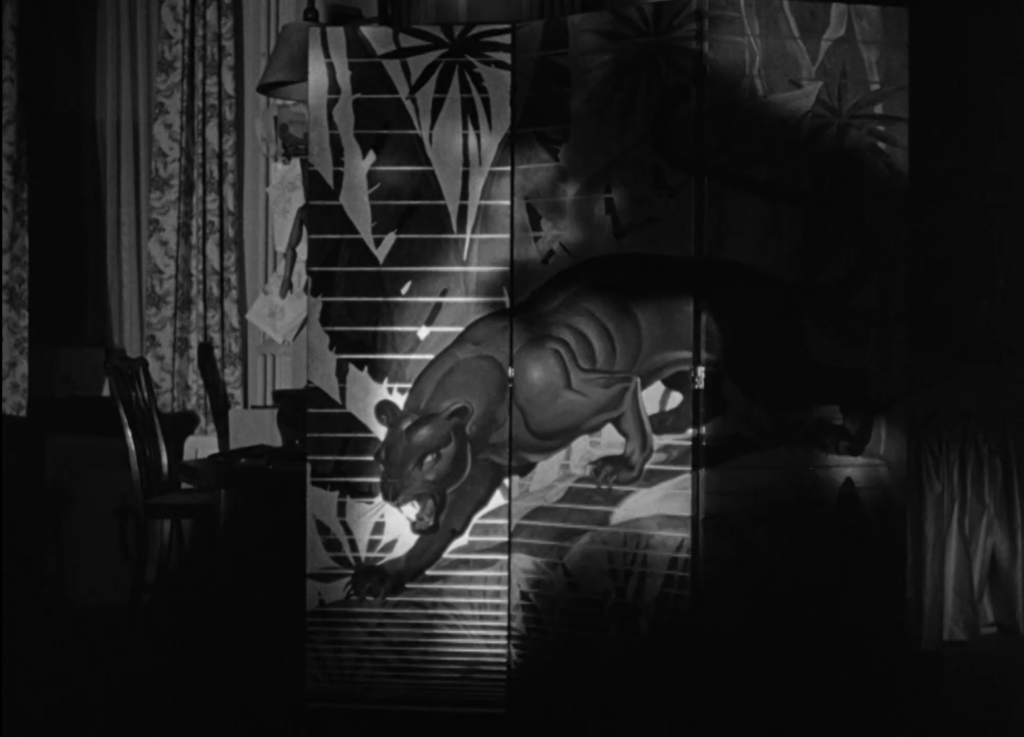
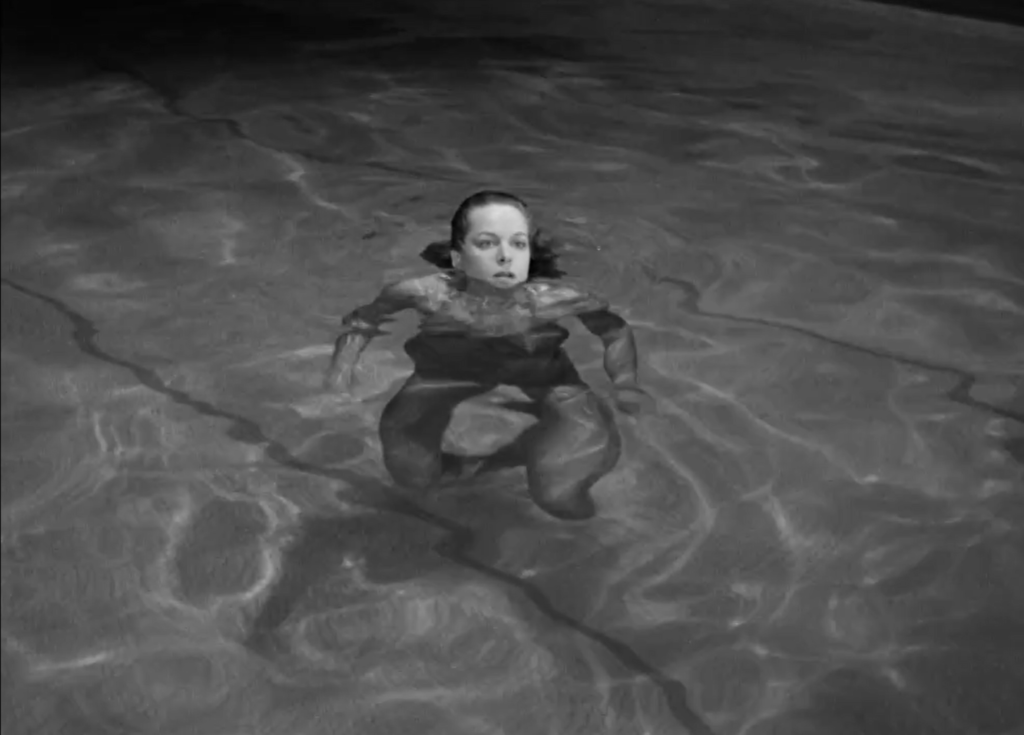
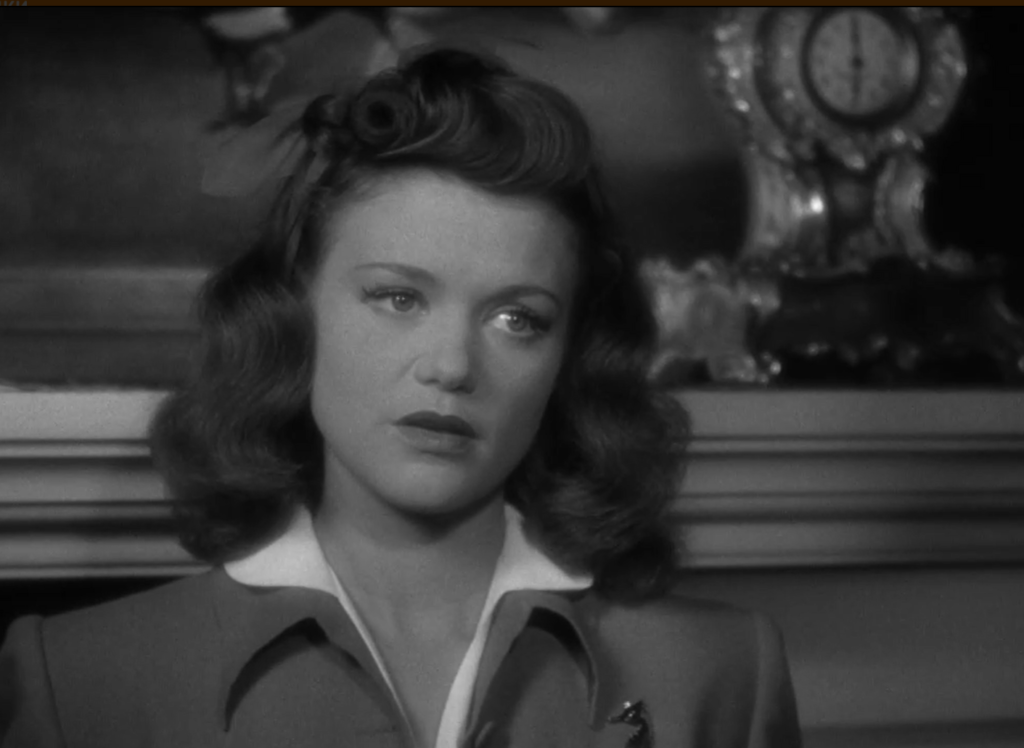
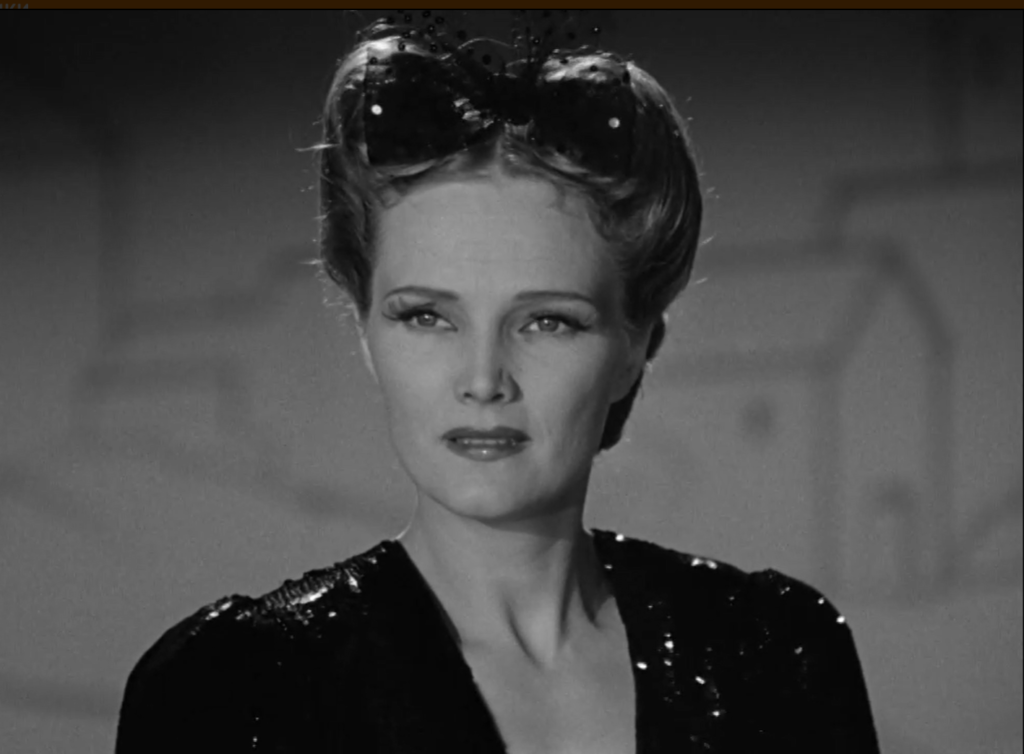
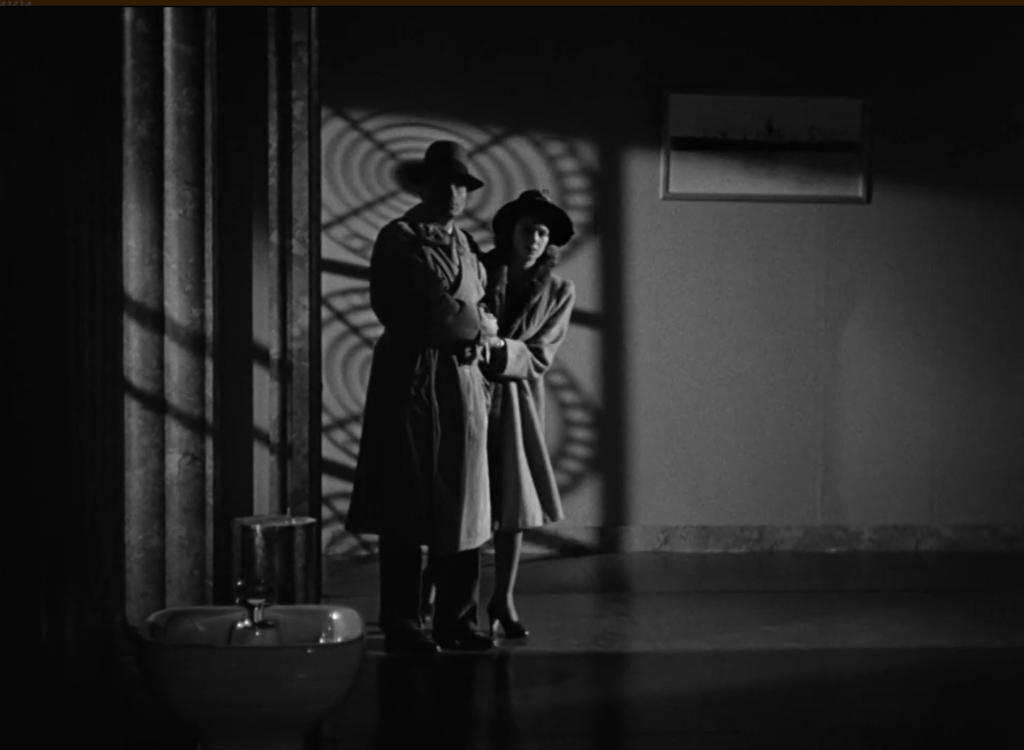


One thought on “Cat People (1942)”
Yes, both ‘Cat People’ and its sequel, ‘Curse of the Cat People’, are no-brainer musts.
[Spoilers within, perhaps.]
Having just revisited both (after many years), I’ve made an odd discovery: I used to prefer the original film over its sequel (which I used to find less compelling). Perhaps I used to be more drawn and intrigued by the urgency of ‘Cat People’, its mixture of the satanic with the psycho-sexual (potent stuff indeed for 1942!). I’ve certainly seen ‘Cat People’ many more times than its sequel, and realize that my appreciation of it now is somewhat saturated. Since I’d seen the sequel only a few times (none of them recently), I was able to feel pulled in by it more this time around.
Both films throw a lot out at you in short running times. It almost becomes a toss-up as to which film is the more complex. But it needn’t be a contest – each film, in its own way, has a richness to swim in. One thing I can say: seeing them back to back just now, connecting threads jumped out at me. Which is why I feel ‘Curse of the Cat People’ is a more appropriate title than ‘Amy and Her Friend’ – a much weaker choice, really, not allowing for a connection between the two films. There is a curse; a benign one.
In ‘Cat People’, Irena fears the dark side of her nature. She is not like the hardened ‘cat woman’ (also Elizabeth Russell, who we will see as the bitter, older daughter in ‘Curse’) who almost menacingly greets her at her wedding party. The origins of this fear are murky (going back as they do to ‘legends’ in her native Serbia). But what’s important to remember is that Irena resists what’s inside her as much as she can – until it overpowers her. Then we move on to the sequel. In death, it seems that what ruled Irena in life no longer has sway over her. (Obviously, the specifics of that are on a ground that ‘Curse’ cannot cover.) What becomes important in ‘Curse’ is Irena’s feeling of regret for her life and a longing for pure companionship…which she finds. In the waiting room of the afterlife, Irena seems to find a bridge of hope. (Perhaps my own interpretation.) This bridge seems to help both the child and the older daughter find a hope of their own.
I can’t say I’m all that thrilled with the Kent Smith character in either film, for the most part. In the original, I don’t quite get what’s with a guy who is told in no uncertain terms by the woman he’s in love with that she’s probably bad news. Yet he marries her – and somehow ‘understands’…for a long time…that sex is out of the equation. (Huh? The connection to ‘Marnie’ is apt but ‘Marnie’ handles things in a more plausible manner.) In ‘Curse’, Smith’s character comes off as one of the most clueless fathers imaginable. All is fine with him in the end but, geez, he’s kind of a drip through the long haul.
One could – as, no doubt, many have – analyze the crap out of both of these films. They’re kind of fun that way. Each film will allow the viewer to bring much to it and take much from it.
[Interesting side note from the little of the DVD commentary that I listened to: RKO made ‘Cat People’ in a conscious attempt to make money. The studio needed to make money. It had just suffered a considerable financial blow: the box office failure that was ‘Citizen Kane’.]